Retro Replay Review
Gameplay
Strider delivers a fast‐paced, fluid platforming experience centered on Hiryu’s acrobatic prowess and lethal Cypher blade. From the moment you leap off the Blue Dragon space station onto hostile terrain, the game rewards precise timing and creative use of movement. Hiryu’s agility—wall‐climbing, double‐jumping, and air‐dashing—feels intuitive, making traversal across sprawling levels both engaging and empowering.
(HEY YOU!! We hope you enjoy! We try not to run ads. So basically, this is a very expensive hobby running this site. Please consider joining us for updates, forums, and more. Network w/ us to make some cash or friends while retro gaming, and you can win some free retro games for posting. Okay, carry on 👍)
Combat in Strider is a harmonious blend of speed and strategy. Basic sword slashes are swift but at higher levels can be augmented with elemental “skills” such as Spark or Fire to clear groups of enemies or deal heavy damage to bosses. Picking up plasma arrows for the Cypher introduces a ranged component that breaks up melee encounters, giving you a momentary breather in tight quarters.
Progression hinges on uncovering data disks, defeating mini‐bosses, and rescuing or confronting fellow Striders. Each data disk you retrieve unlocks new abilities aboard the Blue Dragon, from Medical healing bursts to the Warp skill that lets you escape if overwhelmed. This RPG‐lite structure encourages exploration of hidden alcoves and backtracking once you’ve gained new powers.
Level design is deceptively open‐ended. While the core path is linear—get in, complete objectives, move on—alternate routes hide extra disks and occasionally shortcut you past tough gauntlets. This balance of guided flow and exploration keeps the gameplay fresh, and the difficulty curve ensures that new players can learn basics quickly while veterans can chase speedrun tactics.
Graphics
Strider’s visual style marries retro charm with modern polish. Character sprites are crisply animated, with fluid attack and movement frames that convey weight and momentum. Hiryu’s sword swings, wall‐slides, and special skill effects—especially the flickering flames of the Fire skill—pop against darker backgrounds.
Environments span industrial complexes, neon‐lit cityscapes, and ominous underground labs. Each area boasts a distinct color palette—from the cold steel grays and blues of the Blue Dragon station to the emerald‐tinged corridors of the enemy stronghold. Background parallax scrolling adds depth, making every stage feel like part of a larger world.
Boss encounters showcase the highest level of graphical detail, with multi‐stage transformations and large, expressive sprites. Their attack telegraphs and visual cues are clear, helping players react quickly in the heat of battle. Even minor enemies have unique designs that fit their environment, reinforcing the game’s cohesive aesthetic.
The HUD is minimalistic but informative. Your health bar, skill icons, and disk‐count are neatly arranged, never obstructing the action. Subtle screen shakes and particle effects punctuate critical hits, adding to the visceral thrill without feeling over the top.
Story
At its core, Strider weaves a tale of loyalty, betrayal, and moral ambiguity. The Striders are humanity’s covert guardians—elite infiltrators launching from their orbital command hub, the Blue Dragon, to uproot evil wherever it festers. You step into the tabi boots of Hiryu, one of their most skilled agents, tasked with a mission that goes far beyond a simple rescue.
Vice‐Director Matic’s orders are chilling: locate the missing Strider Kain, then eliminate him. Hiryu’s shock at being told to kill a comrade sets the emotional tone. As you battle through mechanized goons and unravel encrypted data disks aboard the Blue Dragon, you piece together the truth behind Kain’s disappearance—and the conspiracy threatening the Strider organization itself.
Narrative beats are delivered sparingly between surging gameplay, but each cutscene packs a punch. Characters have just enough screen time to establish motives: Matic’s stoic authority, Kain’s idealistic fervor, and Hiryu’s growing unease. The story’s brevity works in its favor, keeping players focused on action without skimping on stakes.
Ultimately, Strider’s plot may not rival sprawling RPG epics, but its lean delivery suits the high‐octane gameplay. Every new objective—find keys, decrypt disks, confront a fellow Strider—feels urgent, driving adrenaline and curiosity in equal measure.
Overall Experience
Strider strikes a harmonious balance between skill‐based platforming and light RPG progression. Its pacing never falters: one minute you’re scaling walls to gather a vital disk, the next you’re locked in a life‐or‐death duel with a towering boss. Moments of exploration are offset by ever‐present tension, as you weigh risk and reward when hunting hidden skills.
The game’s learning curve is welcoming yet offers depth for mastery. Casual players can rely on basic Cypher strikes and healing skills, while completionists will chase every data disk to unlock the full suite of powers. Speedrunners will appreciate the warp mechanic and alternative paths that shave precious seconds off each stage.
Strider’s concise story, memorable environments, and responsive controls combine for a compelling package. While the campaign can be finished in around six to eight hours, the pull of 100% completion and leaderboard times extends replayability significantly.
For fans of action‐platformers and retro‐inspired design, Strider is a standout title. Its blend of high‐speed traversal, strategic combat, and just‐enough narrative elevates it above a simple nostalgia trip, making it a must‐consider purchase for those seeking a challenging, rewarding adventure.
 Retro Replay Retro Replay gaming reviews, news, emulation, geek stuff and more!
Retro Replay Retro Replay gaming reviews, news, emulation, geek stuff and more!
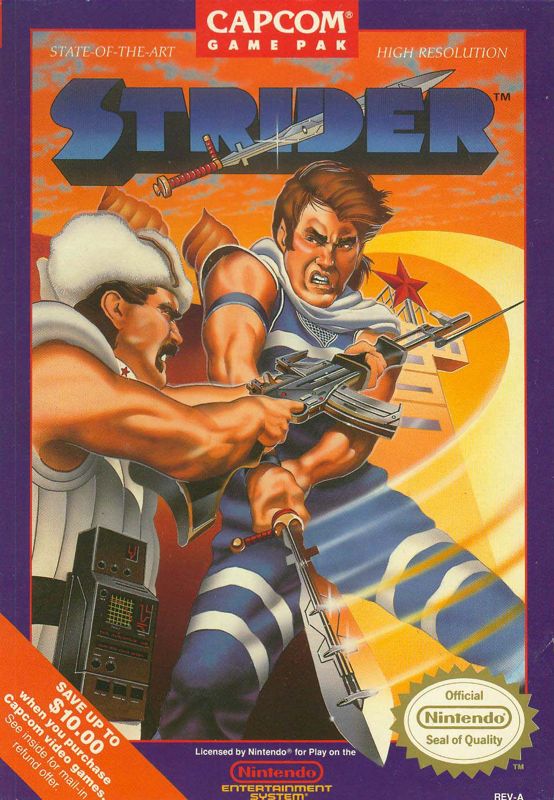

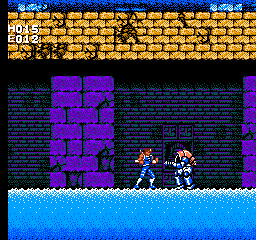
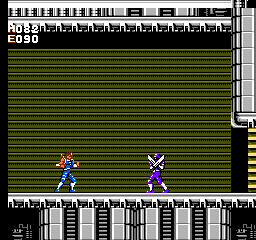



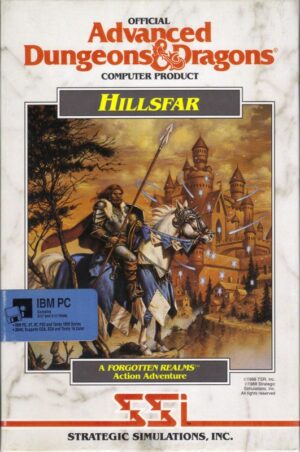
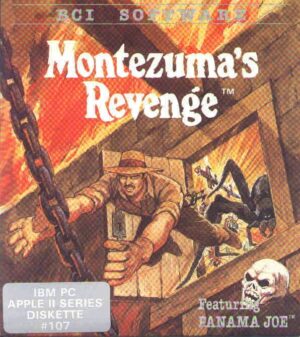
Reviews
There are no reviews yet.